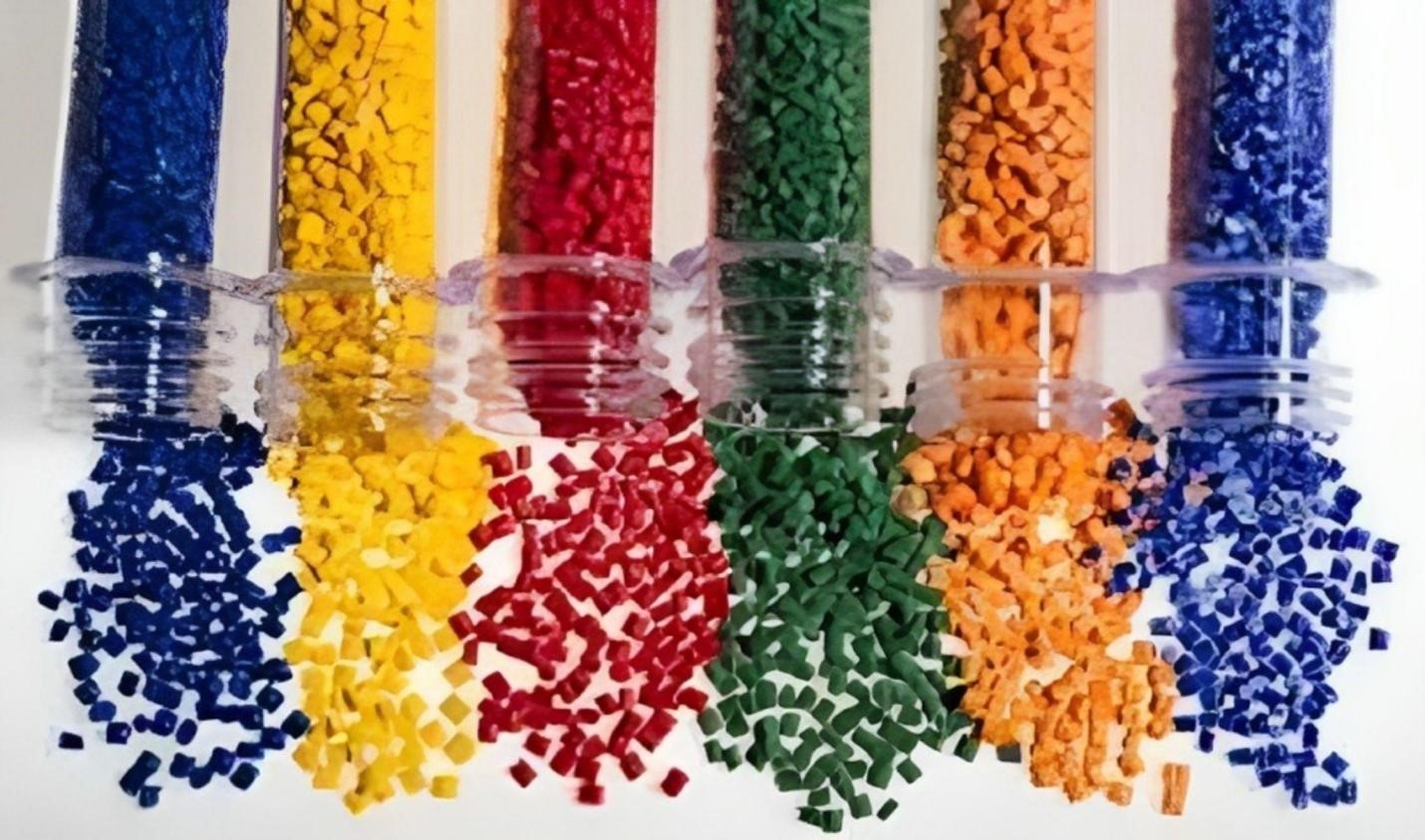Uses Of Masterbatch In Plastics Industry
Masterbatches are a concentrated mixture of additives and pigments suspended in a carrier resin mainly used in the plastic industry to improve its mechanical properties and boost its aesthetic appeal by imparting specific colours to it. These properties include colourants, UV stabilisers, flame resistance, antioxidants, antibacterial and more. The masterbatch is added to the base polymer during production to impart the desired property in the final product. Its ease of implementation into any product has made it a favorite among users across industries. Listed below are some of its main applications in the plastic industry:

